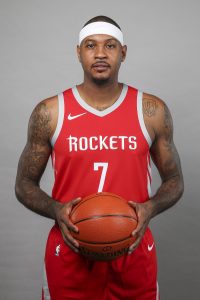Hoops Rumors is breaking down the 2018 offseason for all 30 NBA teams, revisiting the summer’s free agent signings, trades, draft picks, departures, and more. We’ll evaluate each team’s moves from the last several months and look ahead to what the 2018/19 season holds for all 30 franchises. Today, we’re focusing on the Minnesota Timberwolves.
Signings:
 Standard contracts:
Standard contracts:
- Anthony Tolliver: One year, $5.75MM. Signed using mid-level exception.
- James Nunnally: Two years, minimum salary. First year partially guaranteed ($350K). Second year non-guaranteed. Signed using minimum salary exception.
- Luol Deng: One year, minimum salary. Signed using minimum salary exception.
- Derrick Rose: One year, minimum salary. Re-signed using minimum salary exception.
- Two-way contracts:
- Non-guaranteed camp contracts:
- Canyon Barry: One year, minimum salary (waived).
- Darius Johnson-Odom: One year, minimum salary (waived).
- William Lee: One year, minimum salary (waived).
- Jonathan Stark: One year, minimum salary (waived).
Trades:
- None
Draft picks:
- 1-20: Josh Okogie — Signed to rookie contract.
- 2-48: Keita Bates-Diop — Signed to three-year, minimum salary contract. First two years guaranteed. Signed using minimum salary exception.
Extensions:
- Karl-Anthony Towns — Signed five-year, maximum salary rookie scale extension. Starts at 25% of the cap. Projected value of $158.05MM. Starts in 2019/20.
- Note: Starting salary will be worth 30% of the cap if Towns earns All-NBA honors in 2018/19 (projected value of $189.66MM).
Departing players:
- Cole Aldrich (waived)
- Nemanja Bjelica
- Aaron Brooks
- Anthony Brown (two-way)
- Jamal Crawford
- Marcus Georges-Hunt
- Amile Jefferson
Other offseason news:
- Jimmy Butler requested trade after turning down extension offer.
- Justin Patton underwent foot surgery.
Salary cap situation:
- Remained over the cap.
- Carrying approximately $121.2MM in salary.
- Hard-capped at $129.82MM.
- Approximately $2.05MM of mid-level exception available ($6.59MM used on Anthony Tolliver and Keita Bates-Diop).
Check out the Minnesota Timberwolves’ full roster and depth chart at RosterResource.com.
Story of the summer: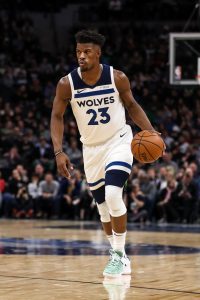
Everything else that happened for the Timberwolves during the offseason was overshadowed on September 19 when Jimmy Butler issued a trade request to the front office. The move spawned a stream of chaos, some of it orchestrated and some of it legitimate, but the result was that Butler was in the lineup when Minnesota opened the season, regardless of his wishes.
Butler has expressed a desire to play for a contender and has clashed frequently with younger teammates Karl-Anthony Towns and Andrew Wiggins, but ultimately the dispute is motivated by money. Butler wants a five-year max deal next summer that would pay him around $190MM. The Wolves have his Bird Rights and are the only team that can extend that offer as long as he stays; everyone else is limited to four years at roughly $140MM. Butler is hoping to be traded during the season to another organization willing to make that commitment.
The Heat and Rockets have been the strongest suitors for Butler since his trade request became public, and Miami reportedly had an agreement in place before the Wolves asked for additional assets. That incident, along with sky-high requests from other teams that pursued Butler, have led many to question whether Minnesota has ever been serious about making a deal. Trade talks have been called “mostly dormant” for now, but Butler has maintained his desire to leave and there’s a strong chance something will materialize before the February deadline.
The Butler soap opera dwarfed a piece of good news that may have a greater impact on the Wolves’ future. Towns agreed to an extension last month that could pay him up to $190MM over the next five seasons. He is already among the league’s best centers at age 22 and should provide a cornerstone for the franchise to build around once Butler is gone.
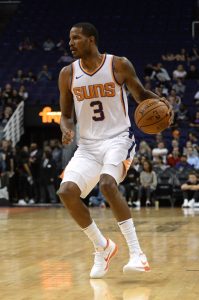 Standard contracts:
Standard contracts:
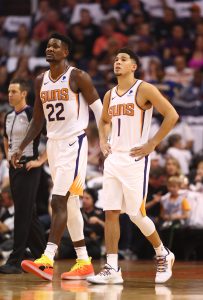
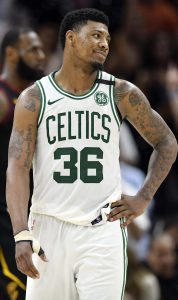 Standard contracts:
Standard contracts:
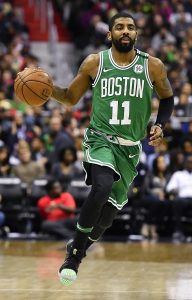
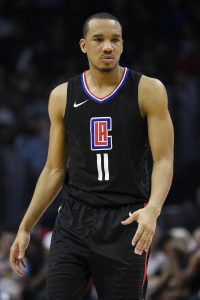 Standard contracts:
Standard contracts:
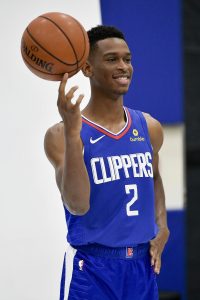 Key offseason additions:
Key offseason additions: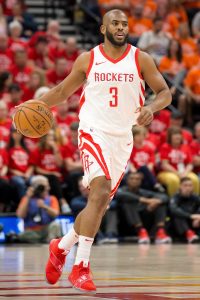 Standard contracts:
Standard contracts:
